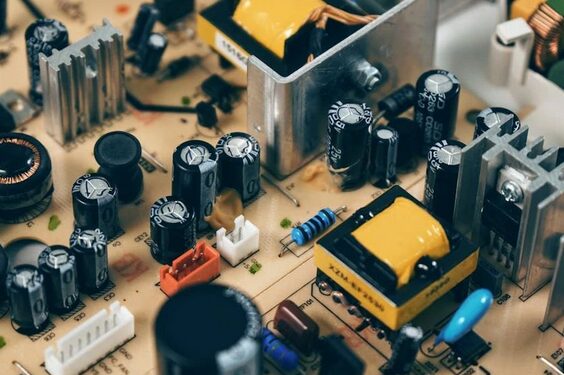In embedded system design, electronic engineers need to focus on multiple core elements to ensure the system’s stability, performance, and reliability. This article will delve into these elements and summarize them, hoping to help our friends.

1. Power Management
Power is the cornerstone of embedded systems, and its stability is crucial. Engineers must pay attention to the voltage and current requirements of the power supply during the design, as well as ripple control. Using LDO devices can effectively reduce ripple while ensuring stable power supply. Additionally, for multilayer board designs, reasonable power segmentation and wiring are also key to ensuring clean and stable power supply.
2. Crystal Selection
The crystal oscillator provides clock signals for embedded systems, and its stability directly affects the system’s operation and communication performance. Engineers need to choose the appropriate type of crystal oscillator (passive or active) and oscillation frequency based on system requirements. Furthermore, for passive crystals, the correct selection of matching capacitors and resistors is also crucial. In PCB design, the layout of crystal oscillator traces is equally important to ensure signal integrity and stability.
3. Reserved Test Interfaces
During the debugging phase of embedded systems, reserving test interfaces (such as LEDs or speakers) is extremely convenient for engineers. These interfaces not only help assess the system’s status but also provide important debugging methods for software development.
4. External Storage Devices
For embedded systems that need to run large operating systems, external storage devices such as SDRAM and NAND FLASH are crucial. Engineers must pay attention to the usage of address lines and ensure that related signal lines are of equal length to reduce signal delay. A reasonable wiring strategy and techniques are also important for this part of the design.
5. Functional Interface Design
Embedded systems interact with external modules through various functional interfaces. When designing these interfaces, engineers need to focus on electromagnetic compatibility and ensure signal integrity. Additionally, the use of differential pairs is a key element in the design.
6. Screen Display
For consumer embedded products, screen display is an important part of user interaction. Engineers need to choose the appropriate screen type and resolution based on the product’s requirements and positioning, ensuring its stable integration with the system.
This article is an original piece from Fan Yi Education; please indicate the source when reprinting!